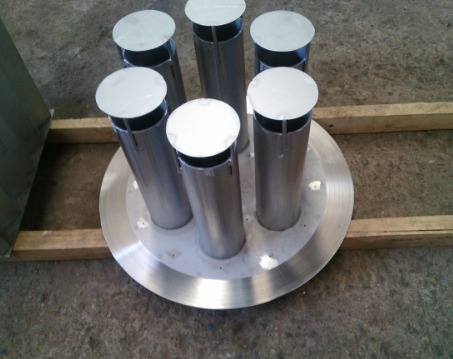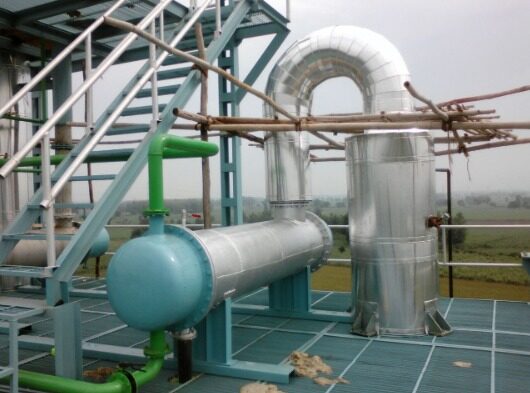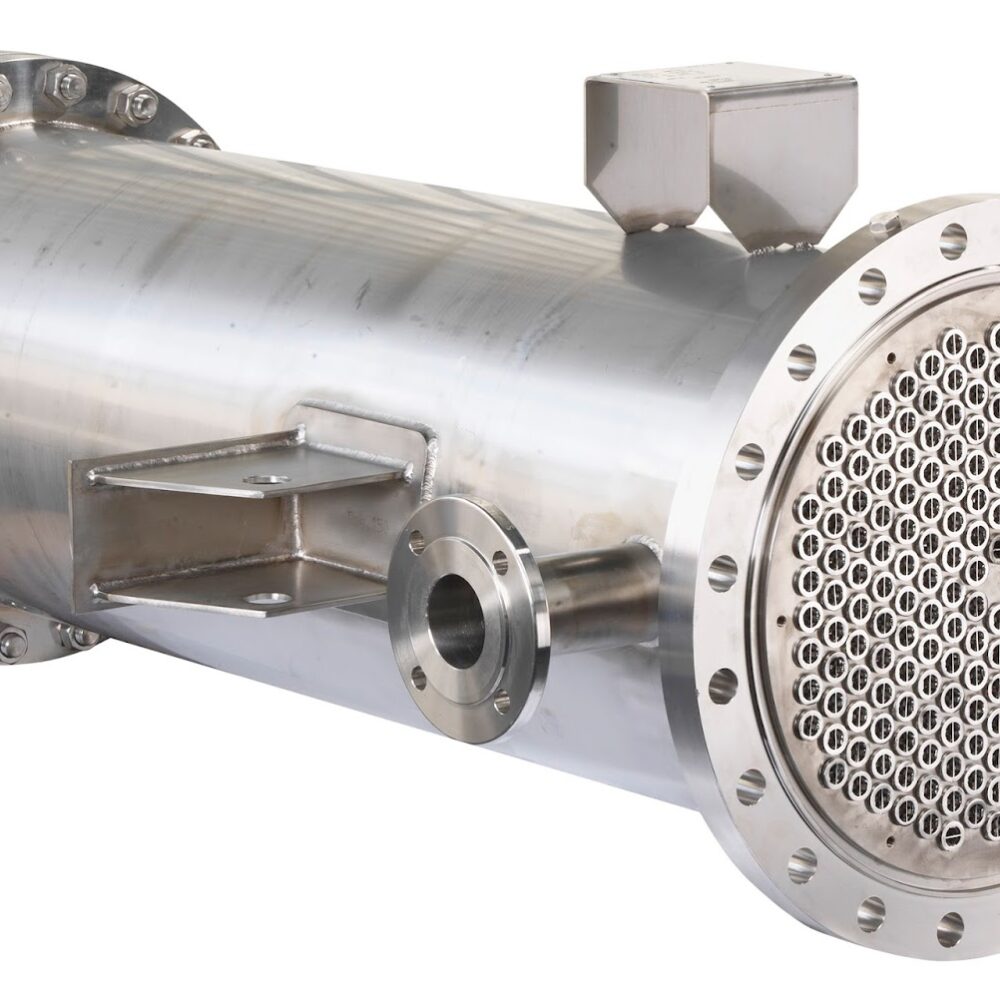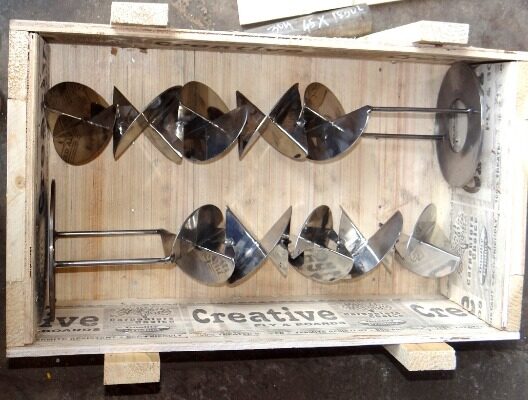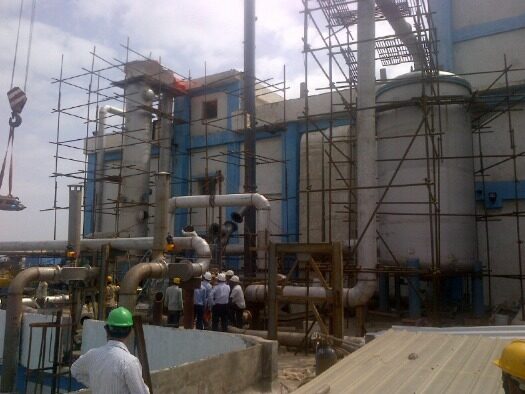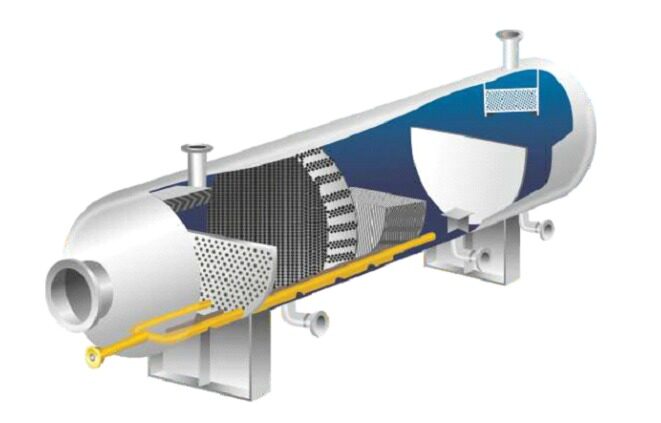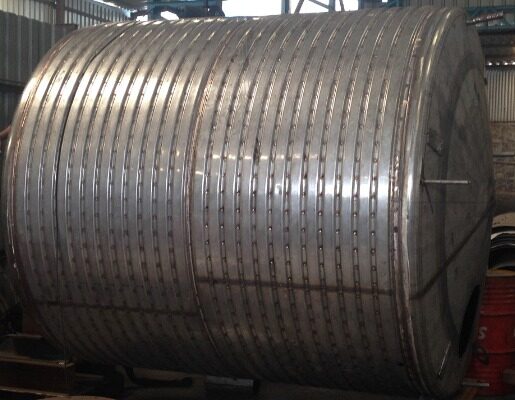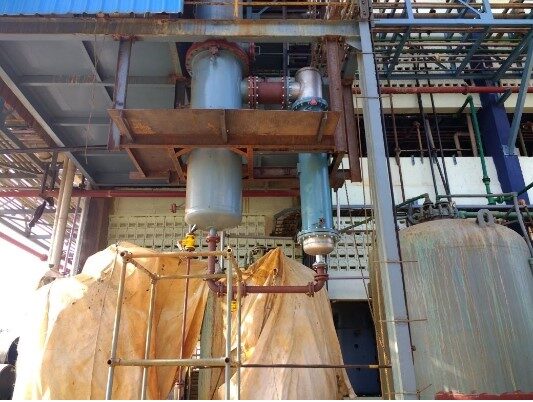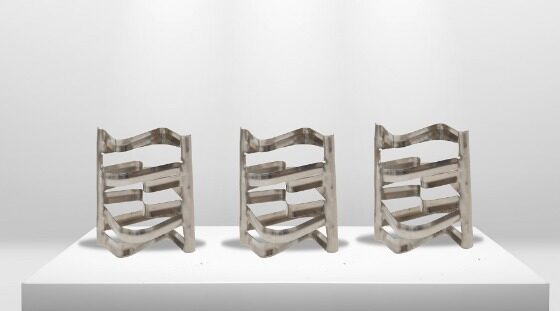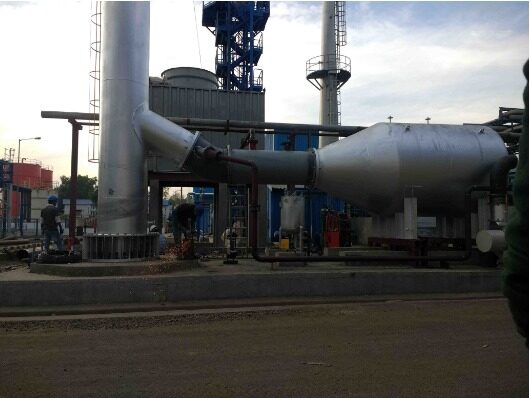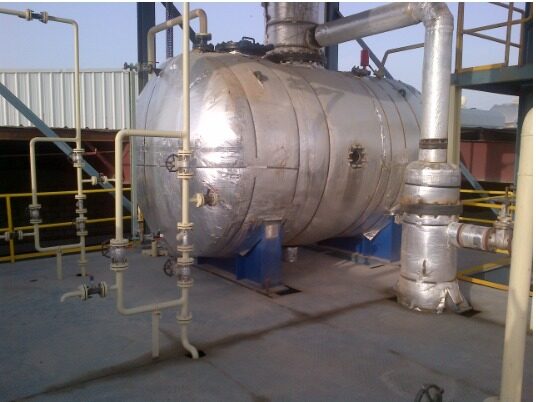Description
With a wide range of designs for various type of trays, active panels, downcomer configurations, and support structures, we select the right tray for your application and your specific separation column.
3.1 Sieve Trays
Sieve tray is a perforated plate with holes. A sieve tray has higher entrainment than valve tray at same vapour velocity. It has a minimum capacity approximately 70%.They are low cost where no high turndown is required. These trays are the least expensive and suitable for almost all applications.
3.2 Bubble cap Trays
A bubble cap consists of a riser (also called chimney) fixed to the tray through a hole and a cap is mounted over the riser. Bubble caps are especially suitable for higher turndown ratio. These are suitable for low liquid loads. The cost of bubble cap tray is by far the highest.
3.3 Fixed Valve Trays
The fixed valve tray utilizes valve punched out of tray deck and combines the attributes of sieve and float valve trays. The tapered, rectangular valves are formed out of the tray deck and are oriented parallel to the liquid flow, thus providing unique advantage compared to traditional sieve trays.
3.4 Floating Valve Trays
Floating valve trays are the modified design of sieve trays where relatively large plate perforations are covered by movable valves. Valves cover may be round or rectangular. Floating valve trays are used in applications where higher turndown ratios are required. Due to their ability to control vapour flow, they provide a higher efficiency over a wider operating range than sieve trays.
3.5 Cartridge Trays
It is suitable for small diameter flanged columns where it is not possible to install the trays physically. The tray cartridge is prepared of 4 to 5 trays which is easy to install as bundle. It is highly suitable for fouling and foaming applications and for systems which require frequent maintenance


